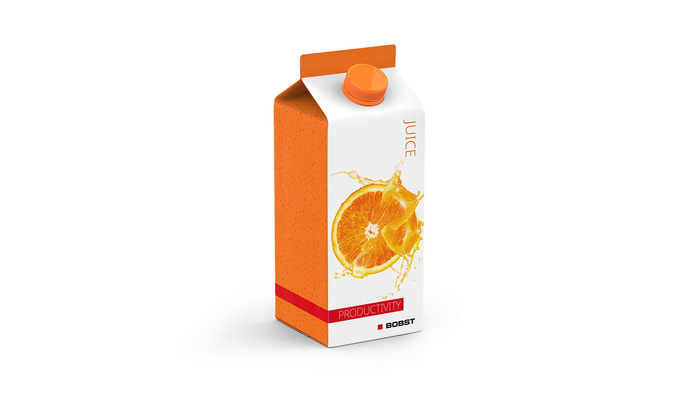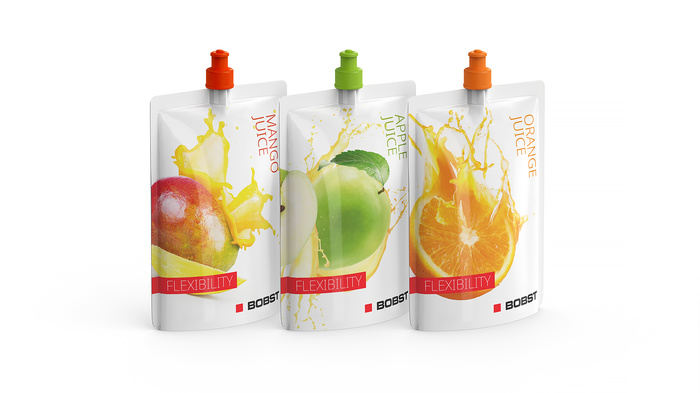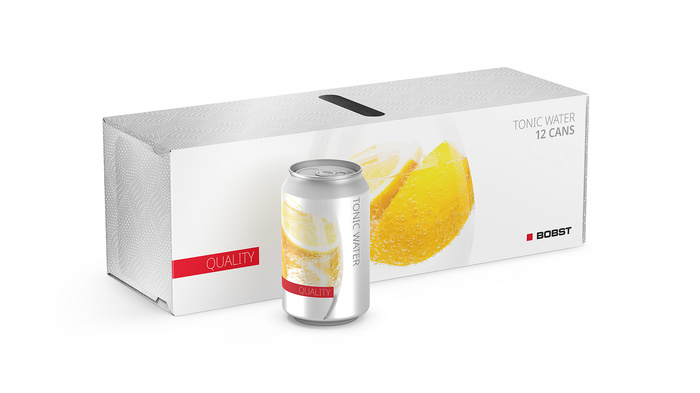Juices & soft drinks
The juice drinks market has exhibited good growth over the last five years, largely to continuous product and packaging innovation. The global soft drinks packaging market has registered a CAGR of 3.96%, over the forecast period 2021-2026 (1). The global energy & sports drinks market is projected to witness a CAGR of 9.12 % during the forecast period 2021-2026. The global carbonated beverages market is expected a lower CAGR of 2.8% during the forecast period.
There are wide variations in consumption patterns and growth performance across countries. The largest growth within the juice drinks sector is coming from the developing regions of Asia, Africa and the Middle East, South & Central America and Eastern Europe. In developed geographies, the juice drinks market is reaching a saturation point.
The recent health messages putting sugar under the spotlight are contributing to changes in consumer habits. The demand for a more sustainable economy is driving the development of local brands and the big consumer goods are facing a new and unexpected competition especially in developed geographies.
Sports and energy drinks is the fastest-growing soft drinks category worldwide, driven by new product launches and an increasing trend towards convenience and on-the-go consumption. Cartons for liquids remain the predominant pack format for fruit juices while PET bottles dominate the market for juices. Sports & energy drinks packaging is dominated by 25cl slim line metal cans with the remainder packaged mainly in plastic bottles.
The consumption of carbonated drinks remains static in many parts of developed regions primary, this flat trend driven by health concerns.
Trends
Health and well-being are trends which have significantly impacted the beverage industry in recent years. Replacing "bad-for-you" beverages with "good-for-you/healthy" ones has created new product segments. Consumers are increasingly looking to beverages to play new roles in their diets and health routines. Drinkable breakfasts and beverages as snacks are rising. In 2017, large packaged food companies embarked on a journey to develop healthier beverages with reduced sugar and additives.
Large multinational players dominate the global non-alcoholic market. This handful of players generates around 40% of the total market sales in value but they now witness the raise of smaller brands and private labels addressing the market with new flavors and seasonal products.
Consumers prefer plastic packaging for soft drinks. Plastic packages are lightweight and easy to handle, thus became the dominant material. The major manufacturers prefer to use plastic packaging as production costs are significantly lower than others. There has been growth in sales of single-serve plastic bottles for ‘on-the-go’ drinking in recent years, and sales of multi-packs have increased at the expense of larger bottles. This plastic trend will have to be monitored in context of the recent request to eliminate single use plastic.
In January 2018, Coca-Cola announced that it aims to collect and recycle 100% of its packaging by 2030. It is estimated that it produces over 110 billion single-use plastic bottles each year. This is expected to reshape the approach to soft drink packaging and recycling impacting packaging providers, while the other beverage producers are expected to follow the trend.
Connected to the new trends, packaging plays a new role and is requested to convey new messages. As we witness fast fashion creating series of new designs, we now have to manage the request for juices and soft drinks to be fashionable putting more pressure on the entire supply chain. You drink when you are thirsty but what and how you drink is part of the social expression and this aspect is very critical.
Retail and shelf ready packaging is growing fast in the juice and soft drink market. Brand positioning, visual disruption are key success factors. Such new boxes command for sophisticated packaging designs and high-end cutting and folding machinery to produce them.
BOBST solutions
There are countless types of label applications and the presses in the range of BOBST narrow-web inline flexo presses can handle them all with equal efficiency. From the MX fixed configuration printing and inline converting machine to the most flexible and configurable lines like the MASTER M5 and MASTER M6 machines. The unique Digital Flexo Automation they can be equipped with, enables fast, flexible and reliable operation through a workflow that is digitally checked, adjusted and controlled, including the use of the 7-color Extended Color Gamut (ECG) printing for the most demanding brands. Thanks to their superior register accuracy and sensitive web tension control system, the VISION CI, EXPERT CI and MASTER CI flexo presses are capable of handling even the thinnest materials for the production of shrink sleeves and wrap-arounds.
Brand owners and packaging designers are aiming at creating differentiation for their products especially in a crowded market like soft drinks. Hot foil stamping is indeed a great way of achieving it. With almost fifty years of experience in the design and manufacture of foil stamping machines, BOBST has remained constantly at the forefront of advances in this technology. For unique high-end soft drinks, the EXPERTFOIL 104 FR is the unique solution on the market with its format VI. It is the only hot foil stamper with 600 tons of embossing pressure, enabling very deep embossing with superb quality. It maximizes foil economy with automatic foil control, continuous self-adjustment of foil web tension during production and allowance for processing of large size foils at full running speed.
Some soft drinks come in boxes. The BOBST DRO family has been designed to accommodate the most complicated jobs such as six pack boxes. The range of machines enables complex designs combined with high graphic quality. The BOBST DRO 1624/28/32 NT RS is one of the most productive presses on the market place. The BOBST FFG FFG 924 or 1228 are the most productive machines delivering up to 33.000 boxes per hour. Even high volume production finds a solution with the most automated and productive die-cutter MASTERCUT 145 PER capable to run up to 9'500 sheets/hour. This high speed die-cutter delivers fast, uninterrupted production and a superb quality of the finished product. With the most versatile and productive folder-gluer MASTERFORLD 110, BOBST offers the perfect configuration to deal with complex packaging such as a 6 pack. The EASYFEEDER / BATCH INVERTER 4 will feed the blancks faster and easier. The GYROBOX & NICK BREAKER modules will deliver exceptional quality and increase efficiency by producing complex boxes in a single pass. The device SPEEDWAVE 3 -for crash-locks will save you time and deliver exceptional folding quality; while the high performance packer CARTONPACK 4 with CASE ERECTOR increase your productivity by automatically filling your shipping containers.
For brown boxes requited as transit boxes, the BOBST FFG 8.20 EXPERT is the industry benchmark in terms of speed and fast order change for a fully automated complete line.


